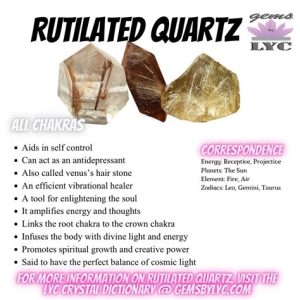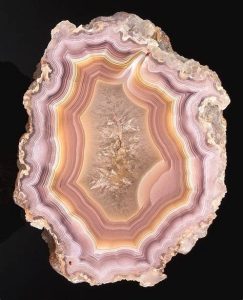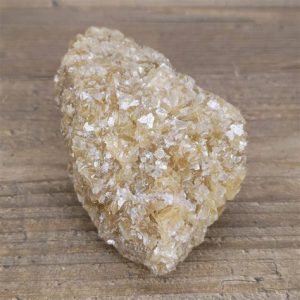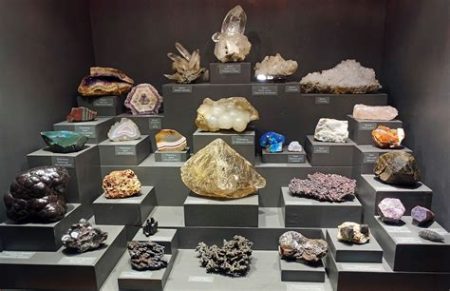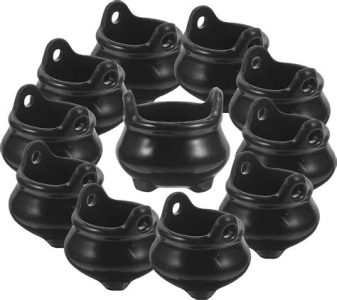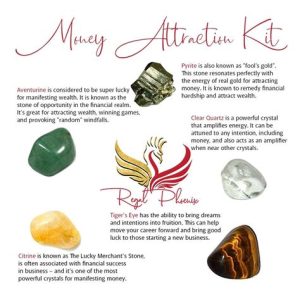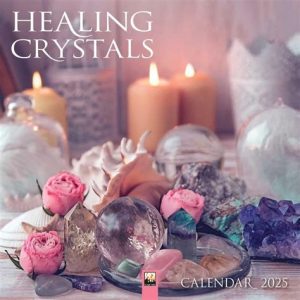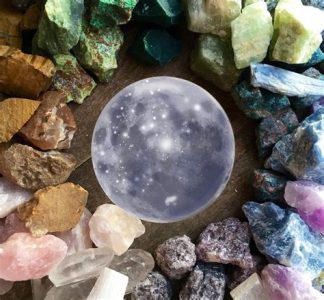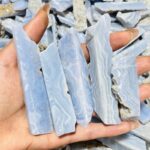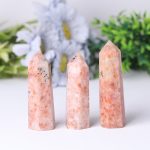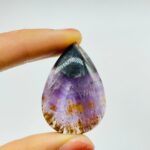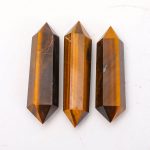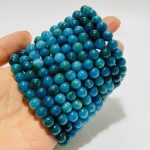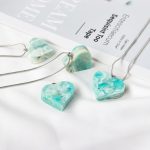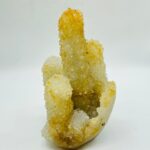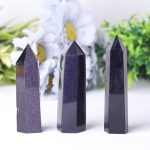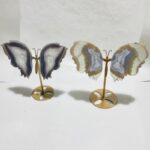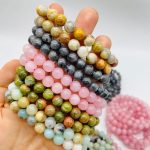Moonstone: A Captivating Gemstone
Moonstone, a member of the feldspar mineral group, captivates with its ethereal glow and enchanting play of colors. Its soft, pearly sheen, reminiscent of moonlight, has inspired poets, artists, and jewelry enthusiasts for centuries.

Hardness Scale and Moonstone’s Durability
The Mohs hardness scale, a widely accepted measure of mineral hardness, assigns values from 1 to 10, with 10 being the hardest known substance (diamond). Moonstone ranks between 6 and 6.5 on this scale, indicating its moderate hardness.
This hardness scale gives an indication of moonstone’s resistance to scratching and abrasion. Minerals with higher hardness values are more resistant to wear and tear than those with lower values.
Mohs Hardness Scale:
| Hardness | Mineral |
|---|---|
| 1 | Talc |
| 2 | Gypsum |
| 3 | Calcite |
| 4 | Fluorite |
| 5 | Apatite |
| 6 | Orthoclase Feldspar |
| 7 | Quartz |
| 8 | Topaz |
| 9 | Corundum |
| 10 | Diamond |
Understanding Moonstone’s Hardness
While moonstone’s hardness of 6-6.5 provides a reasonable degree of durability, it is important to note that it is not a highly scratch-resistant gemstone. Activities that involve rough handling, such as rock climbing or gardening, can potentially damage moonstone jewelry.
Protecting Moonstone’s Beauty
To preserve the beauty of moonstone, proper care and handling practices are essential:
- Avoid Impact: Protect moonstone from hard blows or impacts, as they can cause cracks or chips.
- Gentle Handling: Wear moonstone jewelry carefully, avoiding excessive friction against other surfaces.
- Regular Cleaning: Regularly clean moonstone with a soft, damp cloth. Avoid harsh chemicals or abrasive cleaners.
- Store Safely: Store moonstone in a separate compartment to prevent scratches from other jewelry.
Applications of Moonstone’s Unique Hardness
Moonstone’s hardness has influenced its diverse applications in different industries:
- Jewelry: Moonstone’s popularity as a jewelry stone stems from its durability and ethereal beauty. It is commonly set in rings, necklaces, bracelets, and earrings.
- Decorative Arts: The moderate hardness of moonstone makes it suitable for carving into decorative objects, such as figurines, sculptures, and ornamental pieces.
- Industrial Uses: Moonstone’s abrasion resistance enables its use in industrial applications, including as an abrasive material for polishing and grinding.
Innovative Applications Beyond Traditional Boundaries
By exploring the unique characteristics of moonstone’s hardness, we can unlock novel applications that cater to evolving customer needs.
- Architectural Finishes: Moonstone’s weather-resistant qualities and durability make it a potential candidate for use in architectural finishes, such as countertops, wall cladding, and flooring in low-traffic areas.
- Sensor Technology: Moonstone’s hardness and sensitivity to pressure could be harnessed to develop pressure sensors for wearables, medical devices, and robotic systems.
- Industrial Coatings: The abrasive resistance of moonstone powder could be incorporated into industrial coatings to enhance scratch resistance and durability.
Common Mistakes to Avoid
To maximize the lifespan and beauty of moonstone:
- Avoid Harsh Chemicals: Exposure to harsh chemicals, such as bleach or ammonia, can damage or discolor moonstone.
- Over-Cleaning: While regular cleaning is important, excessive cleaning can weaken moonstone’s surface over time.
- Storing with Other Jewelry: Storing moonstone with harder gemstones, such as diamonds or sapphires, can lead to scratches.
Conclusion
Moonstone’s moderate hardness of 6-6.5 on the Mohs scale provides a balance between durability and fragility. Understanding its hardness characteristics enables us to care for and appreciate this captivating gemstone properly. By exploring innovative applications that leverage moonstone’s hardness, we can unlock its potential beyond traditional boundaries and meet the evolving needs of modern consumers.

